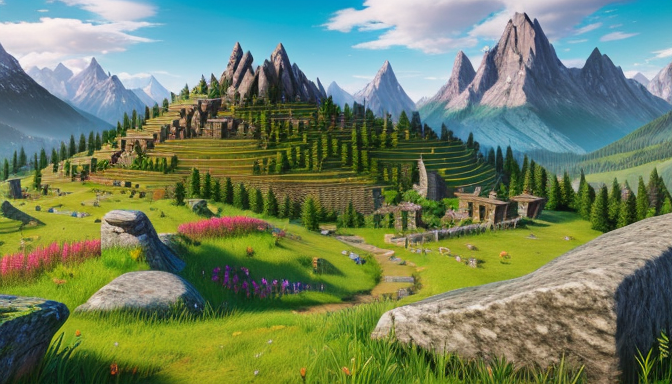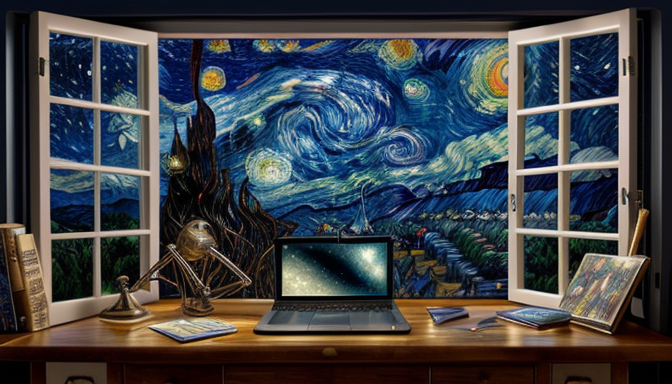Worldbuilding is like crafting a fine tapestry, where each thread contributes to a vibrant and cohesive whole. Starting from a mere concept, you can create a universe that captivates your audience and enhances your storytelling. But where do you begin? The first step is to identify your core concept. Think about the themes that resonate with you, the cultures you want to explore, and the histories that will shape your narrative. This foundational idea will serve as the bedrock for everything else.
Once you have your core concept, it’s time to dive deeper into the intricacies of your world. Consider the geography—how does the landscape influence the societies that inhabit it? Are there towering mountains that serve as natural barriers, or vast oceans that connect distant lands? Next, think about the politics of your world: who holds power, and how do they maintain it? Understanding these elements can add layers of complexity to your narrative.
Don’t forget to breathe life into your world with mythology and culture. Create unique traditions, beliefs, and stories that define your characters and their motivations. A well-crafted mythology can serve as a powerful tool for character development and plot progression. As you embark on this journey, remember that each detail you weave into your world contributes to a richer, more immersive experience for your readers.
Developing Your Core Concept
When embarking on your worldbuilding journey, the first step is to develop your core concept. Think of this as the foundation of a grand castle; without it, everything else may crumble. Start by asking yourself some fundamental questions: What themes resonate with you? What cultures or histories do you want to explore? Your answers will shape the very essence of your universe.
Consider the geography of your world. Is it a land of towering mountains and sprawling forests, or perhaps a desolate desert with hidden oases? Each element influences the lives of its inhabitants. For instance, a society living in a lush valley might prioritize agriculture and community, while a nomadic tribe in the tundra may value mobility and resourcefulness.
Next, think about the politics that govern your world. Are there kingdoms at war, or a democratic council that values every voice? The political climate can drive conflict and shape character motivations, adding depth to your story. Additionally, don’t forget to weave in mythology and culture. These elements can provide a rich background that informs traditions, rituals, and the very way your characters perceive their world.
To help visualize your ideas, you might want to create a simple table to organize your thoughts:
| Element | Description |
|---|---|
| Geography | Mountains, rivers, forests, or deserts? |
| Politics | Kingdoms, democracies, or anarchies? |
| Mythology | Gods, legends, and folklore? |
| Culture | Traditions, languages, and values? |
In summary, developing your core concept is like planting a seed that will grow into a vast tree of stories. Nurture it with your imagination, and watch as your world comes to life!

Building a Detailed Setting
This article explores the essential steps in worldbuilding, guiding you from initial concepts to fully realized settings that enhance storytelling and engage your audience.
This section focuses on identifying the foundational ideas that will shape your world, including themes, cultures, and histories that resonate with your narrative goals.
When it comes to , think of your world as a canvas waiting to be painted. Each stroke, from geography to politics, adds depth and intrigue to your narrative. Start by mapping out the geographical features of your world. Are there towering mountains that shield a hidden valley? Or perhaps vast oceans that separate cultures? These elements are not just backdrops; they shape the lives of your characters.
Next, dive into the political landscape. Who holds power? Are there kingdoms at war, or is there a delicate peace among factions? Understanding the political dynamics can create tension and drive your story forward. To visualize this, consider creating a
| Faction | Leader | Goals |
|---|---|---|
| Kingdom of Eldoria | Queen Althea | Unite the realm |
| Rebels of the North | General Rax | Overthrow the monarchy |
Don’t forget to weave in mythology and culture. What stories do the people tell? What rituals do they hold dear? These elements enrich your world and make it feel alive. Incorporate local customs, festivals, and even cuisine to give readers a taste of your world. After all, a world without culture is like a story without heart. So, are you ready to dive in and bring your setting to life?
Frequently Asked Questions
- What is worldbuilding?
Worldbuilding is the process of creating an imaginary world, complete with its own rules, cultures, and histories. Think of it as crafting a stage for your story, where every detail adds depth and richness to your narrative.
- Why is a core concept important?
Your core concept is the heart of your world. It shapes everything from the themes you explore to the characters you create. Without a solid foundation, your world may lack coherence and fail to engage your audience.
- How do I create a detailed setting?
Start by mapping out the geography and society of your world. Consider elements like climate, culture, and unique features. The more detailed your setting, the more immersive your story will be!
- Can I base my world on real cultures?
Absolutely! Drawing inspiration from real-world cultures can add authenticity. Just remember to approach it with respect and creativity, blending elements to create something uniquely yours.

Recent Comments